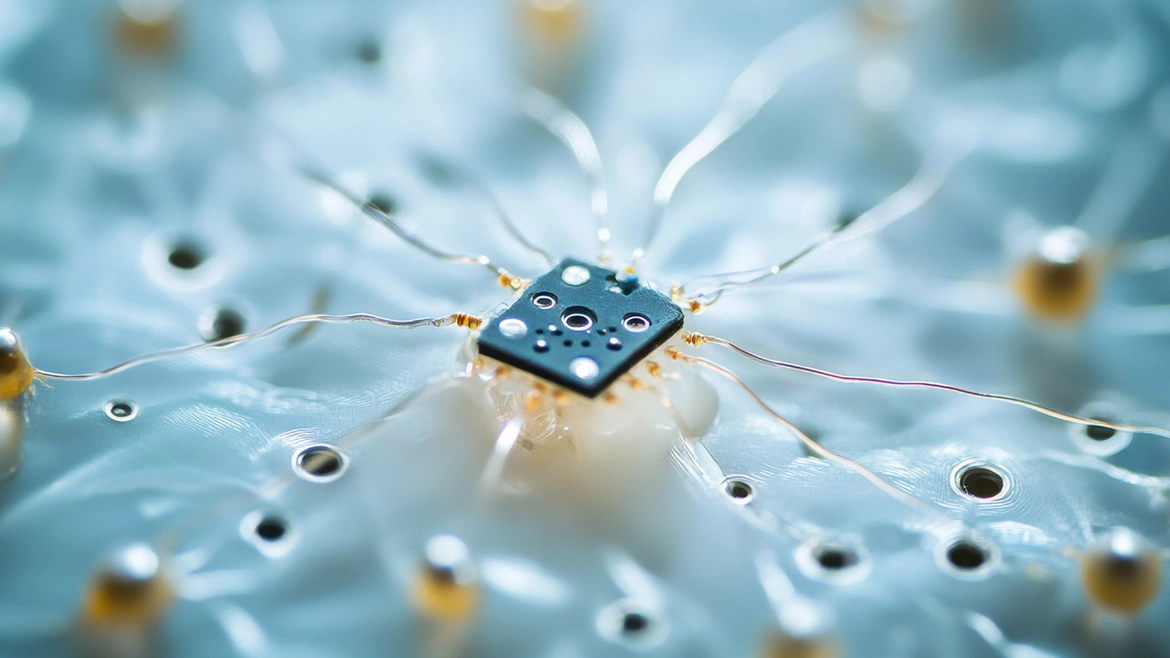Traditional computing has hit a wall. As demands for real-time intelligence, energy efficiency, and adaptability increase, conventional architectures are struggling to keep up. Enter neuromorphic computing—a revolutionary approach inspired by the structure and function of the human brain.
Unlike traditional processors that follow linear logic, neuromorphic chips mimic the way neurons and synapses work—processing information in parallel, learning from patterns, and adapting dynamically. The result is hardware that’s not only faster and more efficient, but also capable of cognitive tasks like perception, reasoning, and decision-making.
Neuromorphic systems use spikes of electrical activity, similar to brain signals, to process data with minimal energy. This makes them ideal for next-gen products like autonomous drones, edge AI cameras, robotics, and medical devices—where real-time, low-power computation is critical.
What sets neuromorphic chips apart is their ability to learn on the fly. Instead of just executing pre-programmed instructions, they evolve through interaction, making them better suited for complex, unstructured environments.
As AI moves closer to the edge and intelligent products become the norm, neuromorphic computing offers a path forward—one that blends performance with adaptability. It’s not just about mimicking the brain; it’s about building smarter, more intuitive systems that think more like us.


